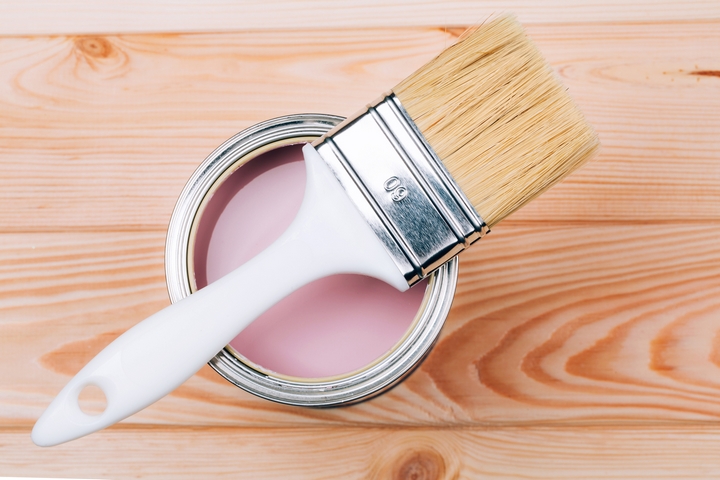The Best Techniques For Painting
House Painters Adelaide is an enjoyable hobby for both adults and children of all ages, yet requires practice to master its various techniques such as: the sfumato technique, chiaroscuro technique and tenebrism painting technique.
Oil painting employs various paints containing different concentrations of oils and turpentine. An underdrawing is sometimes employed.
Oil painting
Blocking is one of the fundamental oil painting techniques. This involves physically outlining shapes and colors on your canvas before beginning painting to create more realistic paintings that capture authentic environments.
Glazing is another popular oil painting technique, consisting of applying thin clear layers over the paint to achieve a polished and depthful result.
Oil paints offer artists an enticing way to craft impressive works of art. Being thicker than markers or pens, oil paints blend easily together for intricate pieces – ideal for creating landscapes or portraits. Find out more about painter Adelaide.
Underdrawing
An underdrawing is a preparatory drawing made directly on the surface of a painting prior to applying paint. Renaissance and medieval oil painters made use of this technique in order to establish shapes, proportions, and tones prior to applying color. You can identify an underdrawing using infrared reflectography because carbon black pigment absorbs infrared light while opaque pigments like lead white do not.
Compare Drawings, Underdrawings and Paintings Revealed By Comparing these works reveals that artists frequently changed their compositions due to influence from commissioners or clients; sometimes this meant even abandoning original designs altogether – examples being Annunciation (van Eyck Washington) and Arnolfini Portrait with numerous changes in placement of figures and components of compositions.
Shipwreck scene
Shipwrecks can be both breathtaking, intriguing, and tragic, yet photographers can capture all these emotions through composition, lighting, and camera settings. Filters, manual white balance, shooting with or against sunlight direction – these all work to reveal detail in wreckage scenes while black-and-white images give historical authenticity to scenes.
Strobe lighting may not be sufficient to illuminate large wrecks effectively; therefore, focus on distinguishable features such as bow and stern elements to reduce backscatter. Wide-angle lenses may help capture more of the wreck while wide lenses help fit more into frame without creating unnecessary backscatter. Strobes work best when used close-up to expose encrusted propellers, ladders, or winches that need closeup images.
Chiaroscuro
Chiaroscuro is an artistic technique which emphasizes contrasts between light and dark elements within a painting, such as shades of gray. This approach creates depth and drama within artworks such as modern paintings or even films and photographs.
Artists can employ shading techniques like stippling, cross-hatching and blending to achieve the chiaroscuro effect. Furthermore, dark or light backgrounds may help make their subject pop even further.
Renaissance artists such as Leonardo da Vinci employed chiaroscuro to add depth and dimension to their works, while Caravaggio used this technique with extreme effect, creating sharp contrasts between light and shadow.
Glass painting
Paint on glass is an ancient art form with stunning results, creating mesmerizing works of art that captivate the eye. This special technique can be used to decorate windows as well as make unique jars, cups, backgammon sets or other glass items.
Glass can be painted using various types of paints, including acrylic, enamel and specific glass paints. Paint markers which are thermo-hardening and nontoxic may also be useful to draw outlines or contain colors within an outline.
Water-based and solvent-based glass paints both feature the ability to be easily clean up after, with water-based varieties typically being easier. Some kiln fired varieties even offer added durability!
Panel painting
Panel painting became increasingly popular after the thirteenth century due to humanism’s introduction of new secular art forms such as paneling. Additionally, this style was often utilized on furniture such as chests, painted beds and birth trays as an indication of wealth or status.
Wood panels needed to be prepared properly before painting began in order to guarantee long-term durability, including sealing to keep out moisture and priming to strengthen adhesion.
Artisans would sand down and apply a layer of primer or gesso before beginning painting on raw wood, which is susceptible to warping and decaying. This step was crucial, as raw wood could warp or decay quickly without this extra step in place.
